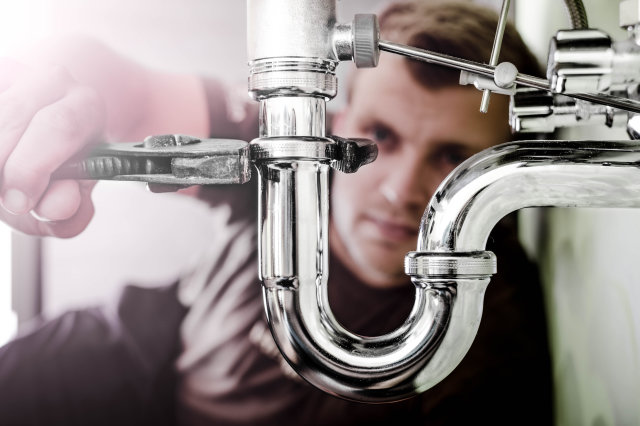Sometimes jobs often become repetitive because they repeatedly do the same tasks. The same happens with plumbing newcastle when there are frequent types of problems with certain elements.
Some of them have a very short life span or are easily damaged in any oversight. Therefore, to attend an emergency call with a plumbing problem, it is necessary to know which parts are damaged more regularly.
Below, you will find the most common spare parts you should have to solve these setbacks.
Top 10 most used plumbing parts
- Float: works as a water level meter in a toilet tank. When the liquid reaches a certain height, it stops filling the tank. Because of its constant use, this element tends to wear out and stops regulating the water level. To install it correctly you must: ensure that the size of the tank is adequate; clean the pipe; secure it correctly to the valve that allows the flow of water.
- Screws: these elements allow to adjust and secure devices to different types of surface. Some of these are usually easily damaged due to the load or force to which they are subjected. Some sanitary pieces are accompanied by plastic screws that do not have enough resistance. Therefore, it is recommended to use those made of steel so that they do not rust.
- Rubbers: in repeated occasions, these elements, however simple they may seem, can generate large water leaks. These are found in some joints between sinks and traps, or in toilets. So that they do not wear out so quickly and generate leaks, it is recommended to install them with a band so they do not bend before installing the bathroom device. Also, reinforce them with another rubber to avoid drips and, if one fails, the other is responsible for sealing the flow.
- Hoses: they are responsible for joining the valves that allow the flow of water with toilets or sinks. Because they are subject to liquid pressure, they tend to break down easily. To avoid early damage, those with iron coating should be used. To install them, they must be secured with Teflon tape to avoid possible water leakage.
- Float valve: allows or restricts the passage of water to the tank of a bathroom or the tank of a building. When the water reaches its maximum level, it makes the float seal this valve and does not increase the liquid. Due to its constant use, it usually presents some faults and it is necessary to change it. For this, it must: measure the height of the tank, so that it does not interfere in the opening or closing of the valve; clean the pipes, so that it is secure; and use bulkheads in the tank.
- Mixers: they are present in sinks and dishwashers. They are responsible for measuring the flow and temperature of the water that will flow out of the tap. From both opening and closing them, they wear easily. Some plumbers recommend not using generic mixers, because the threads are broken regularly.
- Final key of media: they are present in the connections for washing machines and gardens. They regulate the flow of water and are damaged by general use. So that they last a little longer, they should not be closed with much force. For the case of the washing machine, it is better to open them only when the device is going to be used.
- Siphons: found in dishwashers and sinks. They are damaged because they are in contact with different bodies such as dirt, food, hair, among others. It is recommended to use baskets so that so much waste does not enter. Also, change together with the siphon the packages that are responsible for blocking water leaks.
- Trees of entrance and exit: apparatus that allows to fill or empty of water the sanitary and to control the amount of liquid. By natural use, they wear out after a certain time. It is recommended to use high pressure hydro static trees to last longer and do not need to change them regularly.
- Checks: allow water to enter the buildings and not be returned to the street. By the pressure of water or by oxidation they tend to be damaged. To keep them, they must be removed and greased to avoid oxidation.


Comments
Post a Comment